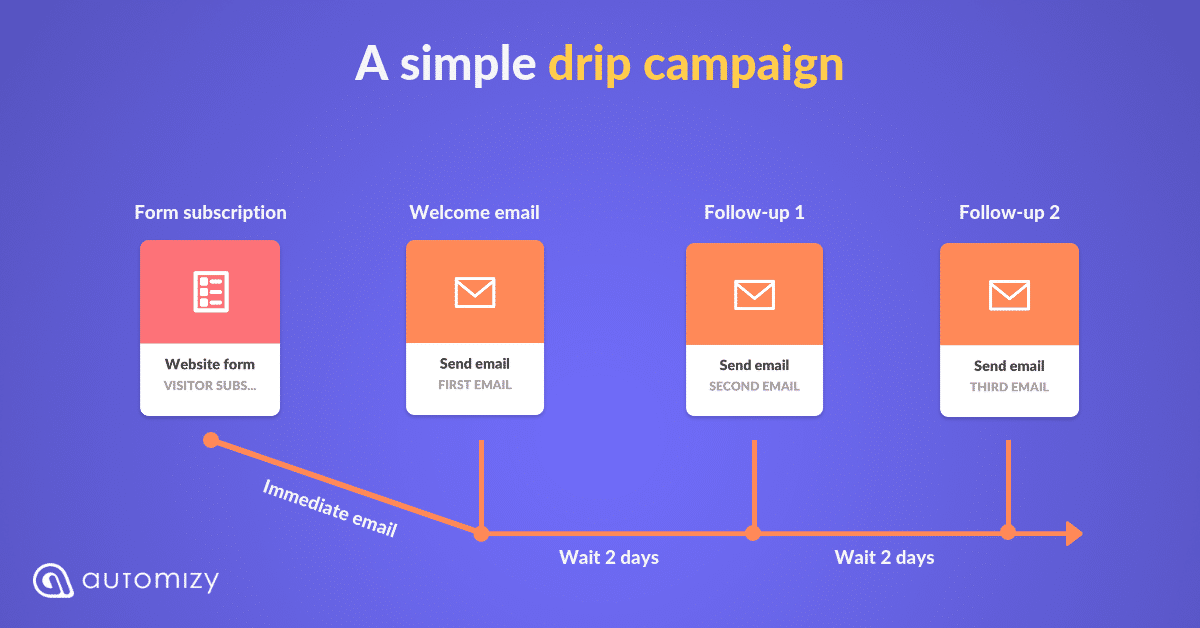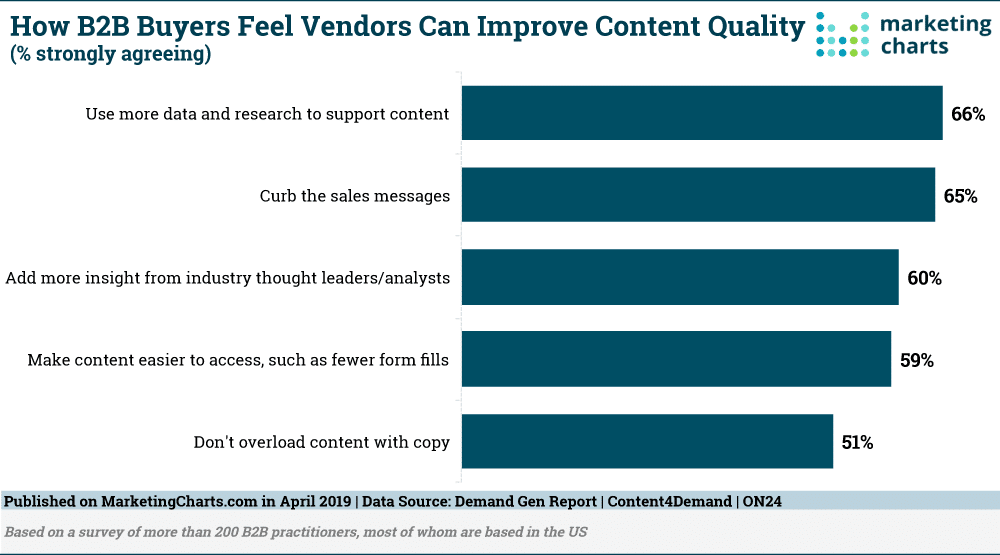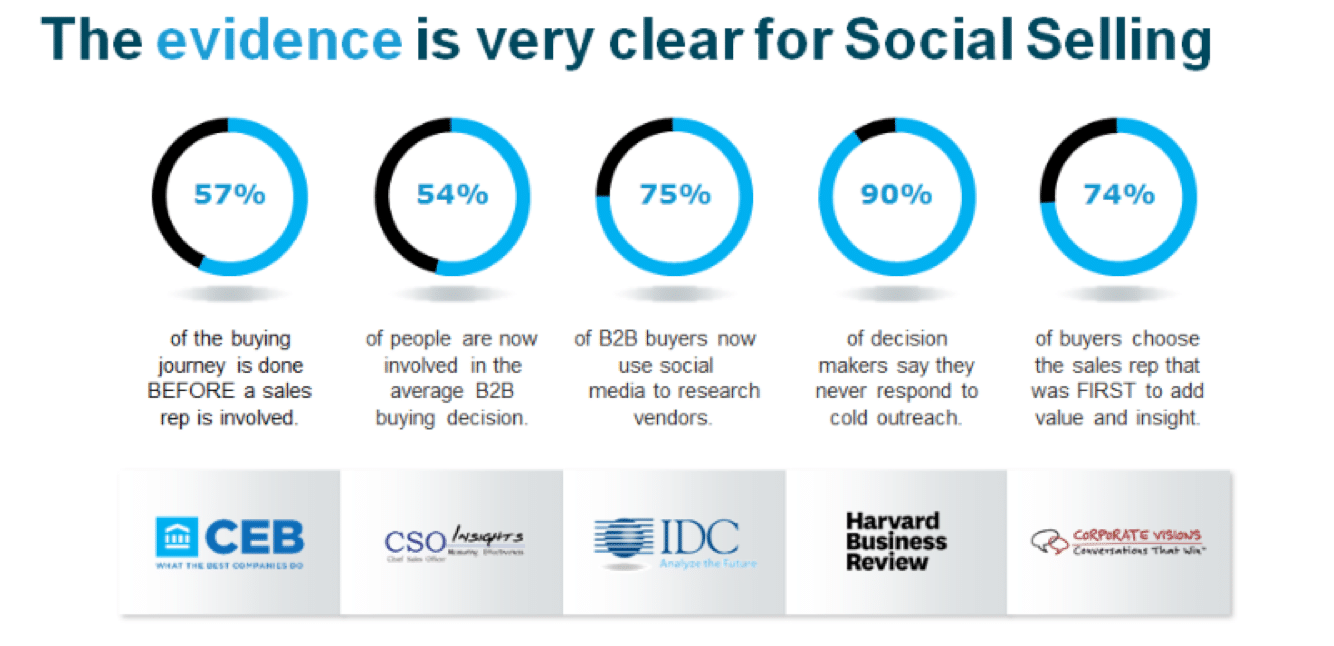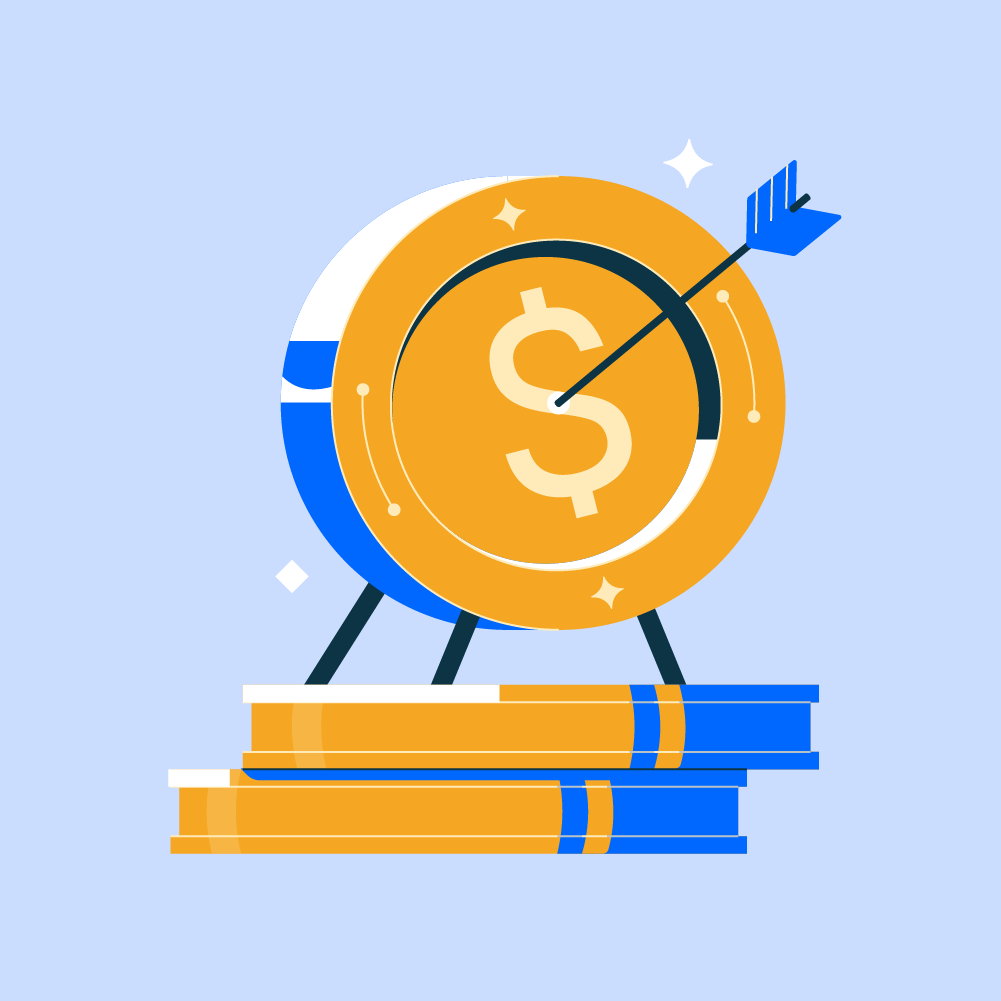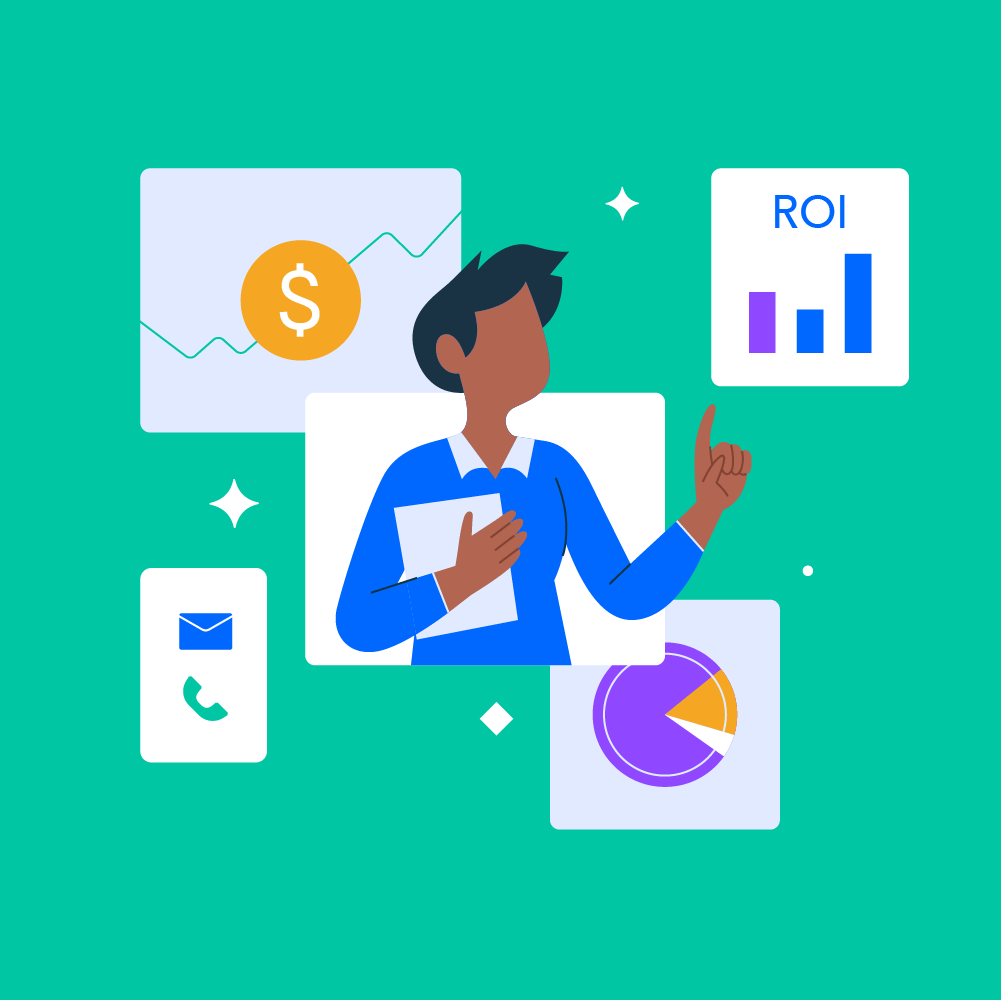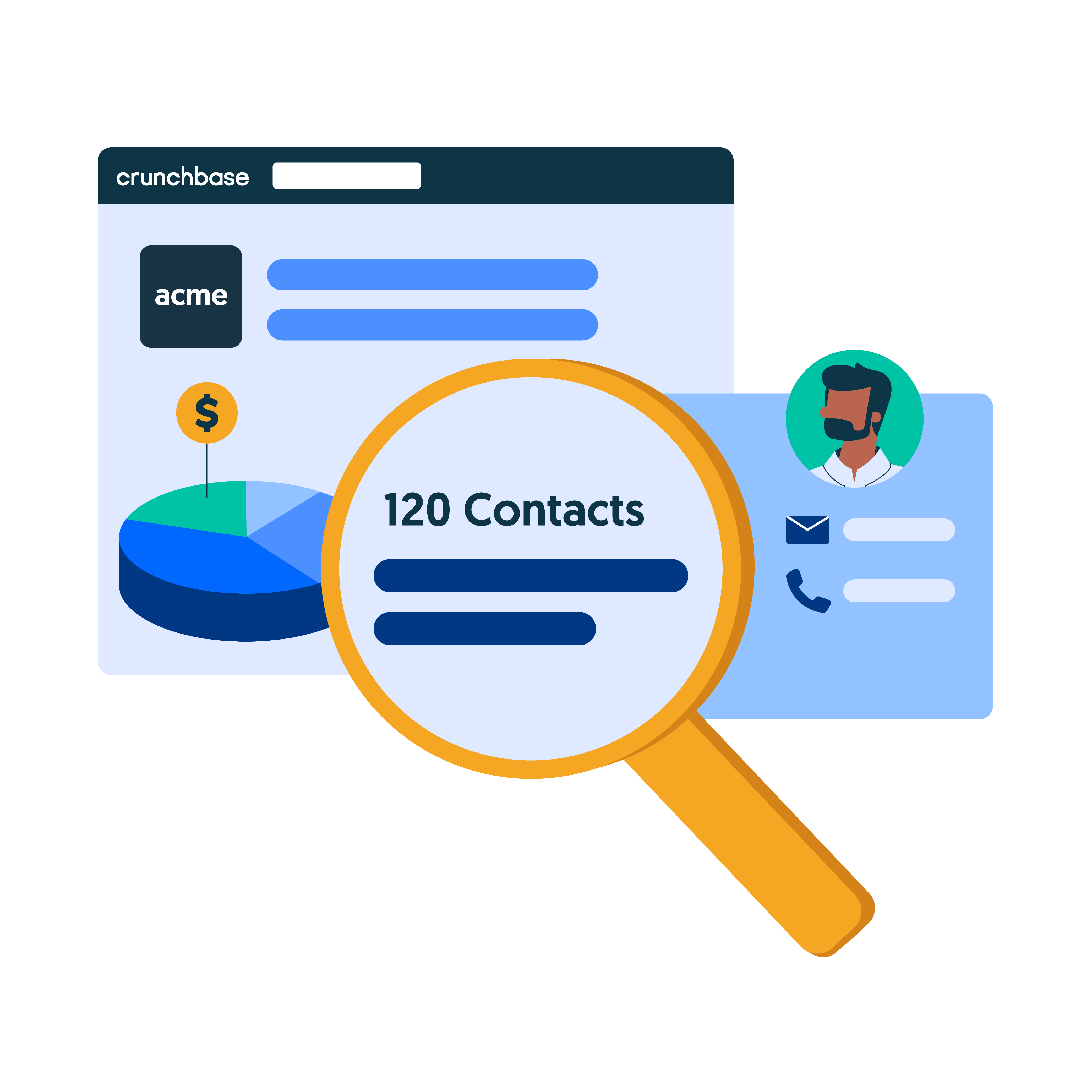Undoubtedly, automation should play a vital role in every business’s sales funnel. Automation takes care of manual, time-consuming tasks and frees up time for brands to focus on other essential areas. It also increases efficiency, improves accuracy, and speeds up the sales process. However, not only should businesses automate their sales funnel, but they should also use personalization in sales. According to Marketo, 66% of customers expect personalized brand interactions.
However, automation can result in somewhat of a loss of personalization. The good news is that businesses don’t need to sacrifice one for the other. They can automate specific tasks in the sales funnel while personalizing others.
Where to Invest In Personalization and Automation Across the Four Stages of the Sales Funnel
Going through the sales funnel, here’s a look at what brands can automate, and the tasks they’ll likely need to spend time personalizing.
Stage 1: Awareness
At this stage, businesses should provide prospects with valuable content and information that answers their questions. There are numerous ways for brands to automate parts of the content creation process. For instance, they can use automation for social media marketing.
Fuel your sales team. Receive key buy signals to your CRM with Crunchbase Enterprise.
Manually posting content across different social networks can be time-consuming. Social media automation tools allow businesses to organize a social media content calendar quickly and schedule posts in advance to go out across various social networks. Automating social media is an excellent way for brands to save time and attract prospects via a continuous stream of updates.
While automation can undoubtedly assist with scheduling content on social media, it does not help with the content generation itself. Businesses still need to invest in creating high-quality content that resonates with their audience.
To get high-quality leads, brands will need to get specific with their content marketing efforts. They should produce content particular to the potential client’s industry or even the search terms they use.
Taking the time to create meaningful content shows customers directly how a business’s solution addresses their specific pain points.
Stage 2: Evaluation
When a potential customer enters the sales funnel, it’s vital to keep them moving through to the next phase. During the evaluation stage, prospects are researching and considering various options as a solution to their problem.
From lead magnets to email marketing, there are numerous ways for brands to produce and nurture incoming leads by using automation and personalization in tandem in sales.
Lead magnets such as industry reports, checklists, and free email courses are an excellent way to generate new prospects. Businesses can use automation tools to create landing pages and embeddable opt-in forms for visitors.
However, it’s crucial to spend time personalizing the sales content beforehand. Businesses should create filtered lists that will help with this. For instance, visitors that come from a landing page will get newsletter X, and incoming leads from social media will receive newsletter Y. Personalizing the messaging ensures it is relevant, rather than generic. It’s also vital to incorporate emotions in the emails to avoid sounding robotic.
Although automation can save time in the delivery of content, brands will need to make an effort to personalize content and add their unique touch to sound human.
Stage 3: Decision
During this stage, prospects are narrowing their options and are close to deciding which product or service they should buy. Brands should reinforce why their solution is the right choice. Content focusing on past successes can be an excellent way to make potential customers feel confident in their buying decision.
Businesses can automate sending emails every X days to interested customers, and filter lists according to the actions the prospect has taken in the funnel. However, at this stage, automation tends to take a back seat. In the decision stage, leads crave more personalization via touch-points in the sales cycle.
According to Epsilon research, 80% of consumers are more likely to purchase when brands offer personalized experiences. Therefore, sales teams should spend time personalizing different touch-points for prospects along the funnel.
Salespeople should keep in mind that email isn’t the only place to engage at this point. It’s crucial to incorporate social selling during this stage. Sales teams have a higher chance of engaging with prospects via social media versus trying to cut through inbox clutter.
Providing the right piece of content, whether it’s a customer success story, free trial, or product demo – at the right time and place – is crucial.
Sales teams should always be prepared to hop on a call or send a personal email to answer questions or concerns, and perhaps share customer testimonials. This kind of personalization in the sales process shows potential customers that the brand is willing to go the extra mile to make sure their solution is right for them.
Stage 4: Action
This is the final stage of the sales funnel when the prospect becomes a client and purchases the product or service.
When a prospect converts, businesses can use automation tools like PandaDoc to simplify generating and sending any closing documents, such as proposals, quotes, and contracts. Automation also ensures accuracy in relevant documents.
Businesses should take the time to personalize any closing documents to the client. They should include information specific to the customer’s needs or remove anything that doesn’t apply to them. For instance, brands shouldn’t include sections of a contract that doesn’t apply to the specific client or forget to remove a previous customer’s information.
The Goal: A Mix of Automation and Personalization Throughout the Sales Funnel
While some tasks in the sales funnel are best automated, others certainly benefit from personalization. Brands will find the most success by incorporating both automation and personalization in their sales process and learning to balance the two.


